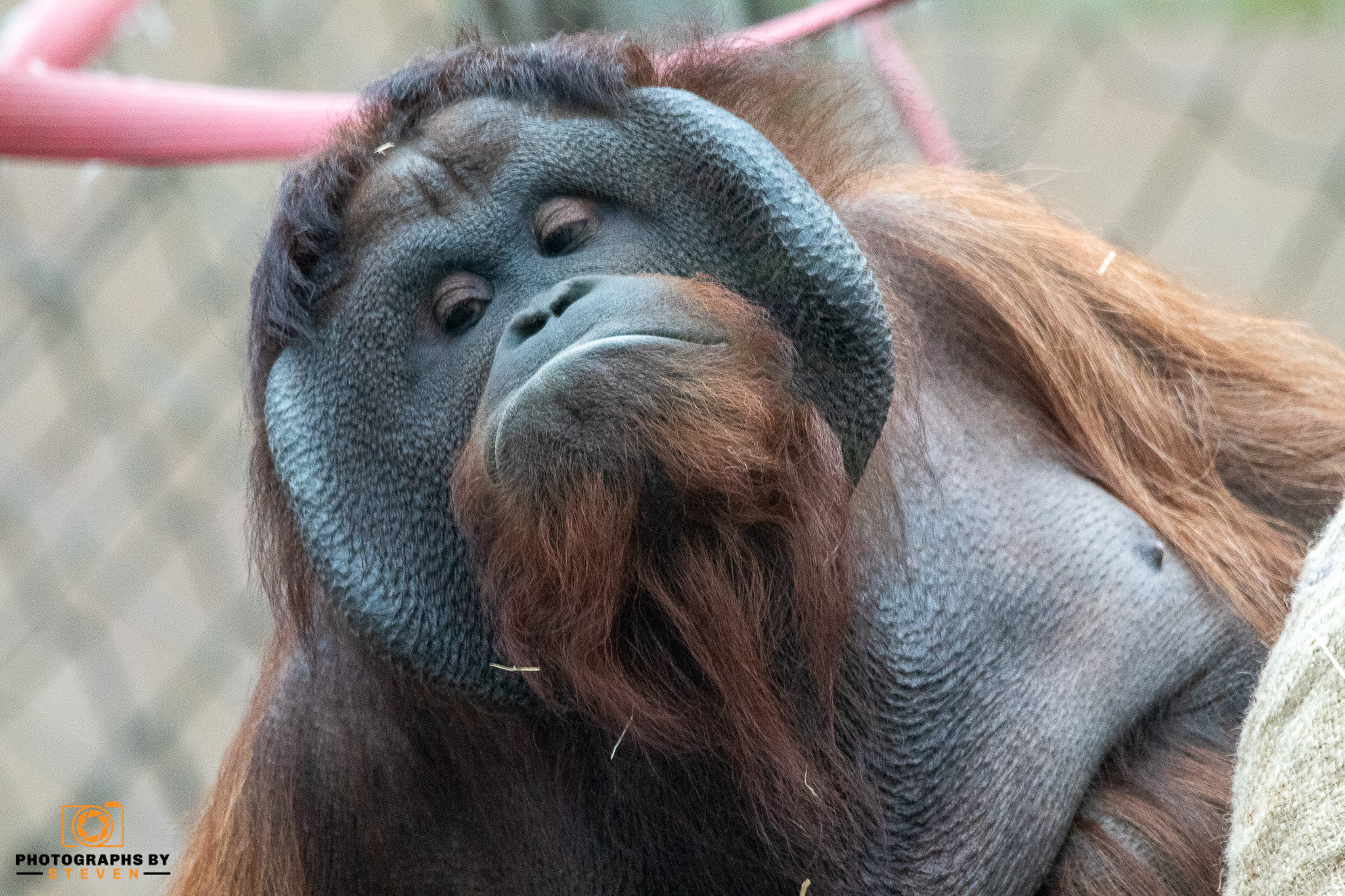Sunsets have always enchanted humankind. They hold a special place in our hearts and minds, representing endings, beginnings, and the beauty of the natural world. With the advent of drone technology, capturing these breath-taking moments has never been easier. In this article, we delve deep into the art and science of capturing sunsets using drones.
Why Drones Elevate Sunset Photography
Drones offer a unique vantage point, allowing photographers to capture the vastness of the horizon, the depth of the clouds, and the intricate play of light and shadows. Traditional cameras limit us to the ground. Drones, however, give us wings, enabling us to explore and immortalize sunsets in ways previously unimaginable.
Choosing the Right Drone for Sunset Captures
There are countless drones on the market, but when it comes to sunset photography, there are a few key factors to consider:
- Camera Quality: Ensure your drone has a high-resolution camera with good dynamic range. This helps capture the vibrant hues of the sunset without losing detail.
- Stability: Opt for drones with solid gyro stabilization. Stable footage is paramount, especially when dealing with the low light conditions of sunset.
- Flight Time: Sunset moments can be fleeting. A drone with a longer flight time gives you a wider window to capture the perfect shot.
Understanding the Light Dynamics
Sunset light is different. The low angle of the sun produces longer shadows and a warm, golden hue. To maximize the potential of this golden hour, we recommend:
- Scouting Your Location in Advance: Knowing where the sun sets will help you position your drone for optimal shots.
- Adjusting Camera Settings: Lower the ISO to reduce noise and consider using bracketing to capture a range of exposures.
The Art of Composition in the Sky
While the technical aspects are essential, the heart of any good photograph lies in its composition. Here are some tips to keep in mind:
Rule of Thirds
Imagine your frame divided into nine equal segments. Position the sunset along these lines or at their intersections for a balanced shot.
Play with Silhouettes
Use the drone's elevation to capture interesting silhouettes against the backdrop of the setting sun.
Use Leading Lines
Natural features like rivers, roads, or coastlines can guide the viewer's eye towards the sunset.
The Magic of Golden Hour
The time shortly before the sun sets is often referred to as the 'golden hour.' This period is heralded by photographers around the world for the soft, diffused light it provides. The sky, during this time, takes on a deep, rich hue, sprinkled with gradients of orange, pink, and purple. With drones, we can now capture the entirety of this majestic display, observing the nuances of light play across vast landscapes.
Incorporating Natural Elements
One of the benefits of using drones for sunset photography is the ability to incorporate more of the surrounding environment into your compositions. Mountains, forests, oceans, and even urban landscapes can add depth and context to your sunset shots. Imagine capturing the sun as it sets behind a city skyline or as it dips below a distant mountain range. The juxtaposition of nature with other elements can produce truly captivating images.
Advanced Drone Features for Sunset Captures
As drone technology advances, so do the features that assist photographers. Some drones now come with:
Smart Tracking
This feature allows the drone to lock onto a particular subject, be it a moving vehicle or a static landmark, ensuring that it remains in focus as the surrounding environment changes.
Automated Flight Paths
Pre-program your drone's flight to capture dynamic shots, like a sweeping panorama of a sunset over a beach.
HDR Mode
High Dynamic Range (HDR) can be invaluable during sunsets, allowing the camera to capture more detail in both the brightest and darkest parts of the image.
The Impact of Drone-Captured Sunsets
Sunsets have always been symbolic. Cultures across the world view them as transitions, ends, and beginnings. By capturing sunsets in ways previously impossible, drones are adding a new dimension to this symbolism. These images are not just captivating; they resonate on a deep, emotional level. They remind us of the vastness of our world, the beauty of nature, and our place within it.
The Challenges and Overcoming Them
However, as with any form of photography, challenges exist. Battery life, wind conditions, and finding unique vantage points can sometimes pose issues. It's crucial to always be prepared:
- Backup Batteries: Always have a few extras on hand.
- Weather Forecasts: Checking them ensures you're not caught off-guard by sudden changes in conditions.
- Scout Multiple Locations: Having alternatives gives you options to switch if one doesn't work out.
Post-Processing: Enhancing the Magic
Once you've captured your footage, post-processing can elevate your sunset images:
- Colour Grading: Adjust the colours to enhance the warmth and vibrancy of the sunset.
- Noise Reduction: Clean up any graininess resulting from low light shooting.
- Cropping: Reframe your shot to focus on the most captivating parts of the sunset.
Safety and Ethical Considerations
It's essential to remember that while drones open new possibilities, they also come with responsibilities:
- Avoid No-Fly Zones: Always check local regulations and avoid restricted areas.
- Respect Privacy: Avoid capturing private property or individuals without consent.
- Environmental Awareness: Ensure you don't disturb wildlife or natural habitats.
The final flight
The world of drone photography offers a fresh perspective on the age-old allure of sunsets. With the right tools, knowledge, and passion, we can all become sky artists, painting with the palette of the setting sun. Whether you're a seasoned photographer or just starting, there's no limit to the beauty you can capture from the sky.



Leave me a comment
Thank you for reading my post, if you want to leave a comment, you can do so below.